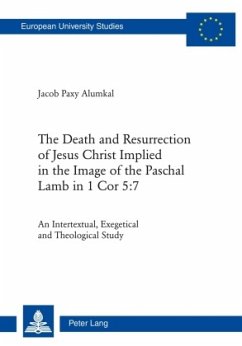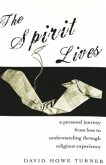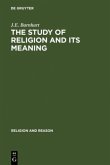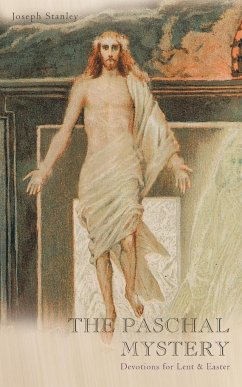St. Paul uses the image of Paschal Lamb only once. What is the real meaning of this symbol in his theology? It symbolises the death and resurrection of Jesus Christ but with a different emphasis. What does he emphasize?
The aim of this study is to show the exegetical meaning of 1 Cor 5:7 in order to have an overt theological emphasis of the imagery used in this particular context. The linguistic analysis from a historical critical method is used here to arrive at its theological significance. The study propounds the meaning, reality and the significance of the Hebrew original Paschal celebration and its commemoration from Semetical, Hellenistical and Greco-Roman culture and as understood in the OT Scriptures of various periods. The result is quite different from the hitherto theological understanding of the symbol and its significance. Paul is the first NT theologian to use this symbol and others have followed him with varying degrees of understanding of this symbol. A comparative study on this is made in this book. It shows to what extent it is relevant for Christians in postmodern Europe and India.
The aim of this study is to show the exegetical meaning of 1 Cor 5:7 in order to have an overt theological emphasis of the imagery used in this particular context. The linguistic analysis from a historical critical method is used here to arrive at its theological significance. The study propounds the meaning, reality and the significance of the Hebrew original Paschal celebration and its commemoration from Semetical, Hellenistical and Greco-Roman culture and as understood in the OT Scriptures of various periods. The result is quite different from the hitherto theological understanding of the symbol and its significance. Paul is the first NT theologian to use this symbol and others have followed him with varying degrees of understanding of this symbol. A comparative study on this is made in this book. It shows to what extent it is relevant for Christians in postmodern Europe and India.








